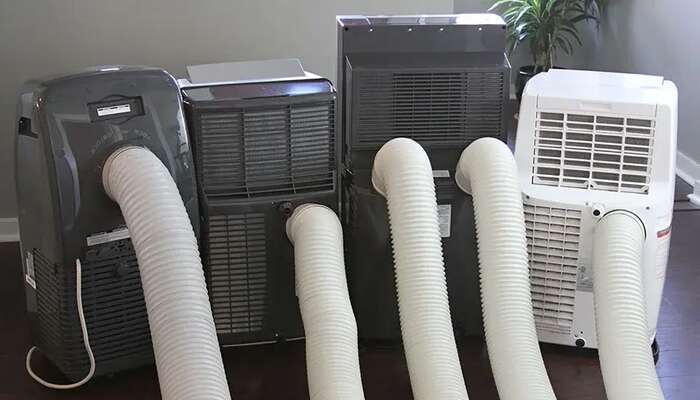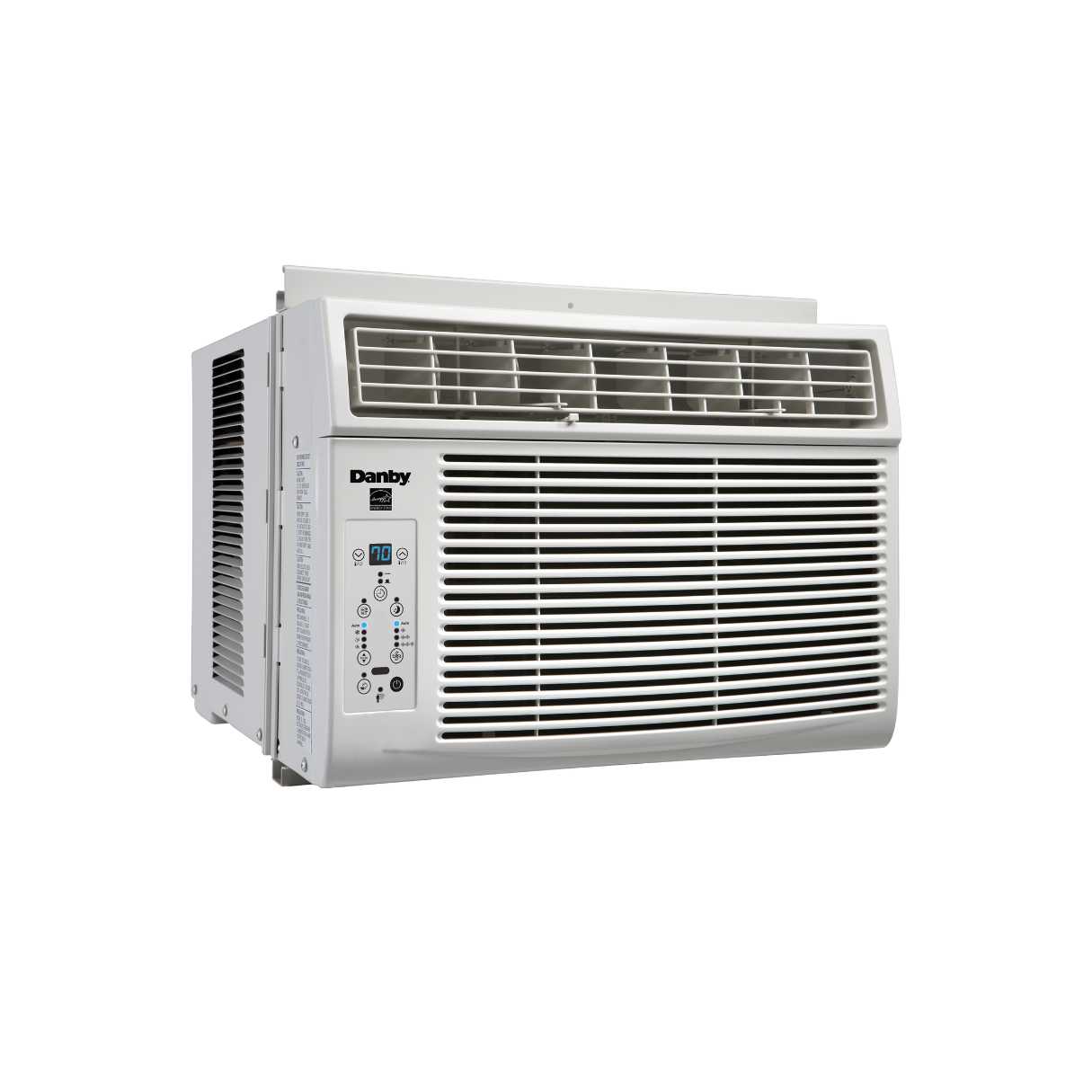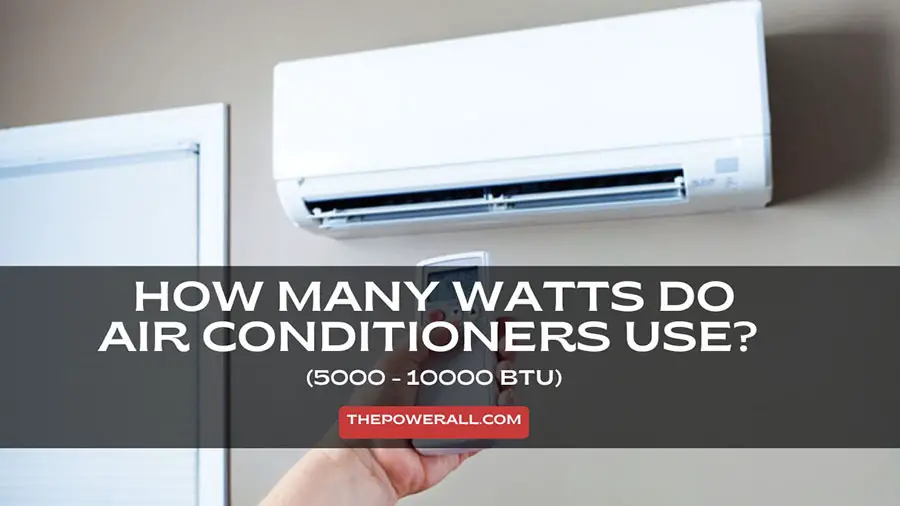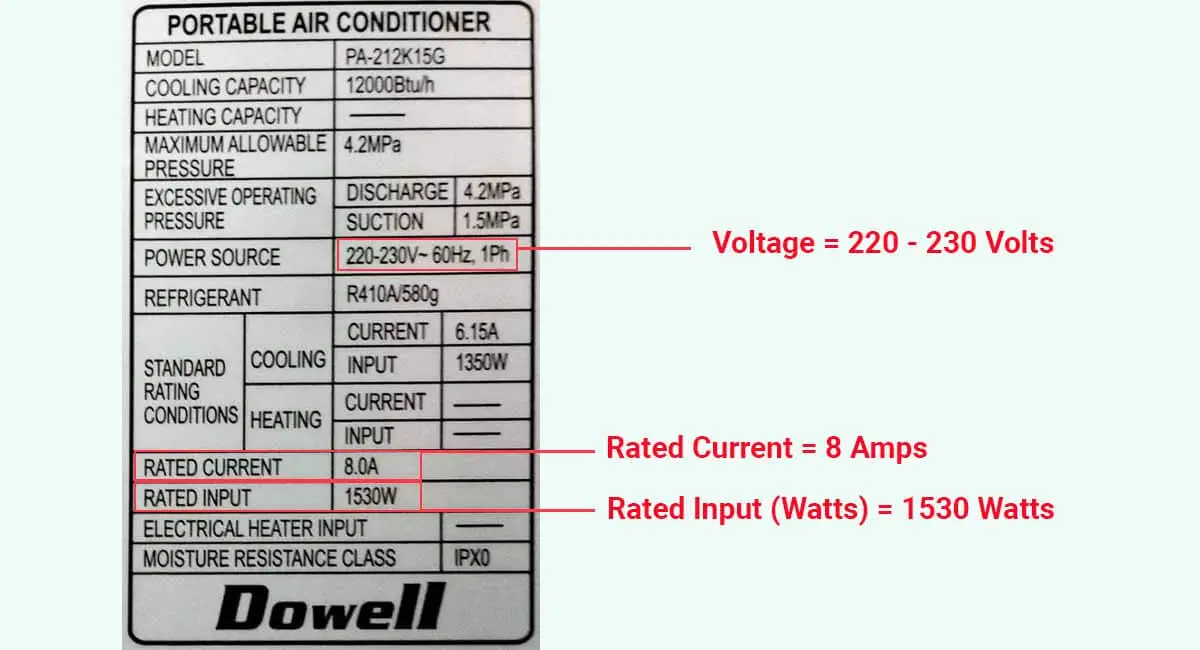How Many Watts For Portable Ac
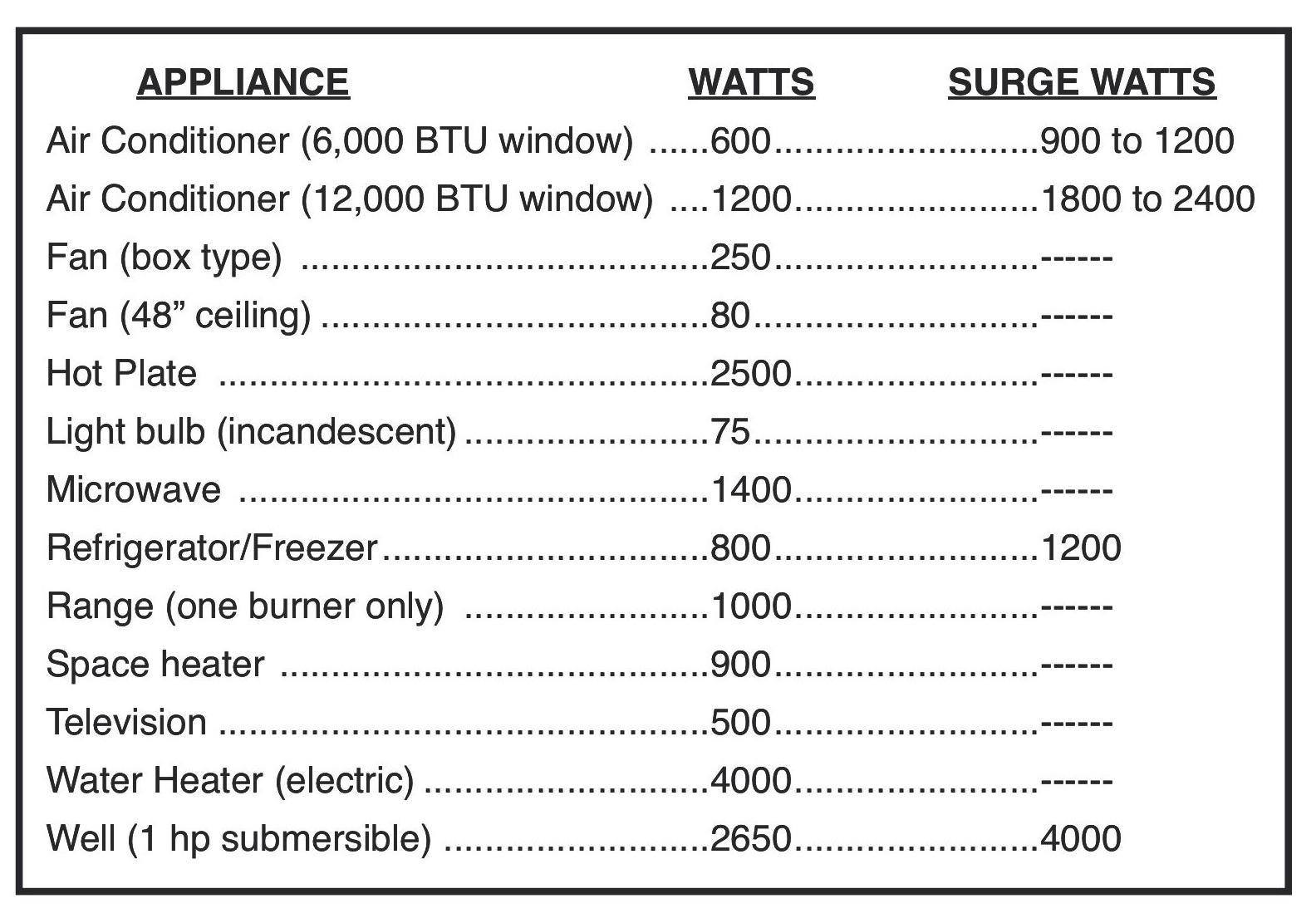
Imagine the sweltering heat of a summer afternoon, the sun beating relentlessly against your windows. You're trying to work, relax, or even just exist comfortably, but the humidity hangs heavy in the air, making every movement an effort. That little portable air conditioner in the corner, promising cool relief, suddenly becomes your lifeline, your beacon of hope against the oppressive heat. But have you ever stopped to wonder just how much power that little savior is actually drawing?
The question of how many watts a portable AC uses is crucial for managing energy consumption, especially during peak seasons. This article delves into the power requirements of portable air conditioners, helping you understand the factors influencing their wattage and offering tips for efficient usage to keep you cool without breaking the bank.
Understanding Portable AC Wattage
Portable air conditioners offer a flexible cooling solution, especially for smaller spaces or rooms where installing a window unit isn't feasible. Unlike central AC systems, they don't require permanent installation and can be easily moved from room to room.
The wattage of a portable AC unit directly relates to its cooling capacity, typically measured in British Thermal Units (BTUs). BTUs indicate how much heat the unit can remove from a room per hour; generally, more BTUs mean a higher wattage requirement.
A smaller unit, designed for a room of, say, 150 square feet, might have a cooling capacity of 5,000 to 8,000 BTUs. These smaller units generally consume between 500 and 900 watts.
Factors Influencing Wattage
Several factors contribute to the wattage a portable AC unit uses. The most significant is the BTU rating; larger units with higher BTU ratings naturally require more power.
Energy efficiency is another critical consideration. Units with higher Energy Efficiency Ratios (EER) consume less power for the same cooling output. Look for models with an EER of 10 or higher for better energy savings.
Features like multiple fan speeds, sleep modes, and timers can also affect wattage. Lower fan speeds and sleep modes typically consume less power than high fan speeds and continuous operation.
Wattage Ranges and BTU Correlation
Portable ACs come in a variety of BTU ratings, each designed for different room sizes and cooling needs. Understanding the correlation between BTUs and wattage can help you choose the right unit for your space.
Units with 8,000 to 10,000 BTUs, suitable for rooms around 250-400 square feet, generally consume between 900 and 1200 watts. These are popular choices for bedrooms and small living areas.
Larger portable ACs with 12,000 to 14,000 BTUs, designed for rooms up to 500-700 square feet, can draw between 1300 and 1700 watts. These are better suited for larger living rooms or open-concept spaces.
Checking the Energy Guide Label
The Energy Guide label, typically found on the unit or in the product manual, provides essential information about the appliance's energy consumption. This label displays the estimated annual energy consumption in kilowatt-hours (kWh) and allows you to compare the energy efficiency of different models.
Understanding the label can help you make an informed decision about which unit will be the most cost-effective to operate. It allows you to factor in potential electricity costs over the lifespan of the unit.
Remember to consider your local electricity rates when estimating the actual cost of running the AC. Your utility company can provide information about your current rates.
Tips for Efficient Portable AC Usage
Once you've chosen a portable AC, there are several ways to use it efficiently, minimizing energy consumption and maximizing cooling performance. Proper installation and maintenance are key to achieving optimal results.
Ensure the exhaust hose is properly sealed and vented to the outside. Leaky or poorly insulated hoses can reduce cooling efficiency and increase energy usage. Consider insulating the exhaust hose for better performance.
Close windows and doors in the room you're cooling to prevent warm air from entering. Use curtains or blinds to block sunlight, further reducing the heat load. Set the thermostat to a comfortable but energy-saving temperature.
Maintenance Matters
Regularly clean or replace the air filter to maintain optimal airflow and cooling efficiency. A dirty filter restricts airflow, forcing the unit to work harder and consume more energy. Follow the manufacturer's recommendations for filter cleaning or replacement.
Inspect the unit for any leaks or damage. Make sure the condensate drain is clear to prevent water accumulation. Proper maintenance extends the lifespan of the unit and ensures efficient operation.
When not in use, unplug the portable AC to eliminate phantom energy draw. Even when turned off, some appliances can continue to consume a small amount of power. Unplugging prevents this wasted energy.
Beyond Wattage: Other Considerations
While wattage is a crucial factor, it's not the only consideration when choosing a portable AC. Noise level, features, and overall value also play important roles in the decision-making process.
Consider the noise level of the unit, especially if you plan to use it in a bedroom or office. Look for models with noise ratings below 55 decibels for quieter operation. Many modern units feature "quiet mode" options.
Evaluate the available features, such as remote control, programmable timer, and sleep mode. These features can enhance convenience and improve energy efficiency. Ensure the unit has the features that are most important to you.
The Future of Portable Cooling
The technology behind portable air conditioning is constantly evolving, with manufacturers focusing on increased energy efficiency and improved performance. Expect to see more models with smart features and eco-friendly refrigerants in the future.
Smart ACs with Wi-Fi connectivity allow you to control the unit remotely using your smartphone or voice assistant. These models can also learn your cooling preferences and automatically adjust settings to optimize energy usage.
The trend towards more sustainable refrigerants will further reduce the environmental impact of portable ACs. Look for models that use refrigerants with low Global Warming Potential (GWP).
Conclusion
Understanding the wattage of your portable AC is more than just a matter of curiosity; it's about taking control of your energy consumption and making informed choices that benefit both your wallet and the environment. By carefully considering the BTU rating, EER, and features, you can select a unit that provides efficient cooling without excessive power draw.
Remember that proper usage and maintenance are crucial for maximizing efficiency. Sealing windows, cleaning filters, and using the unit wisely can significantly reduce your energy bills. Portable ACs offer a convenient cooling solution, and with a little knowledge, you can enjoy cool comfort responsibly.
So, as you settle in for a refreshing break from the summer heat, take a moment to appreciate the power – both literally and figuratively – of that little portable AC unit. And rest assured that you're doing your part to stay cool sustainably.

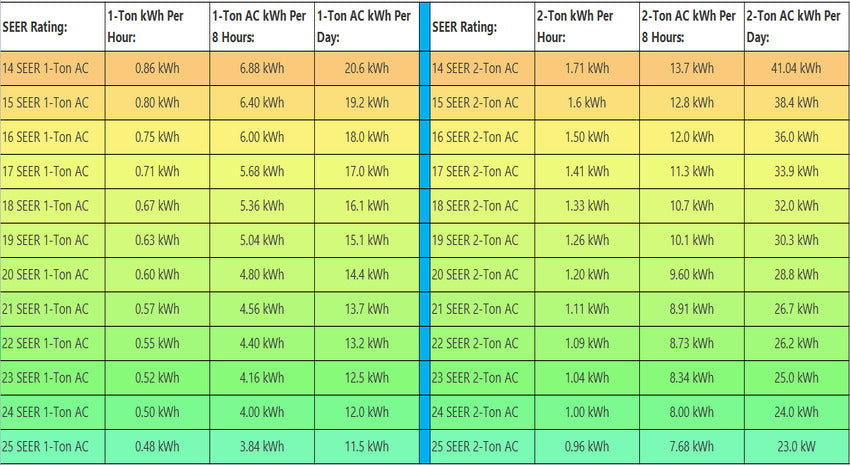
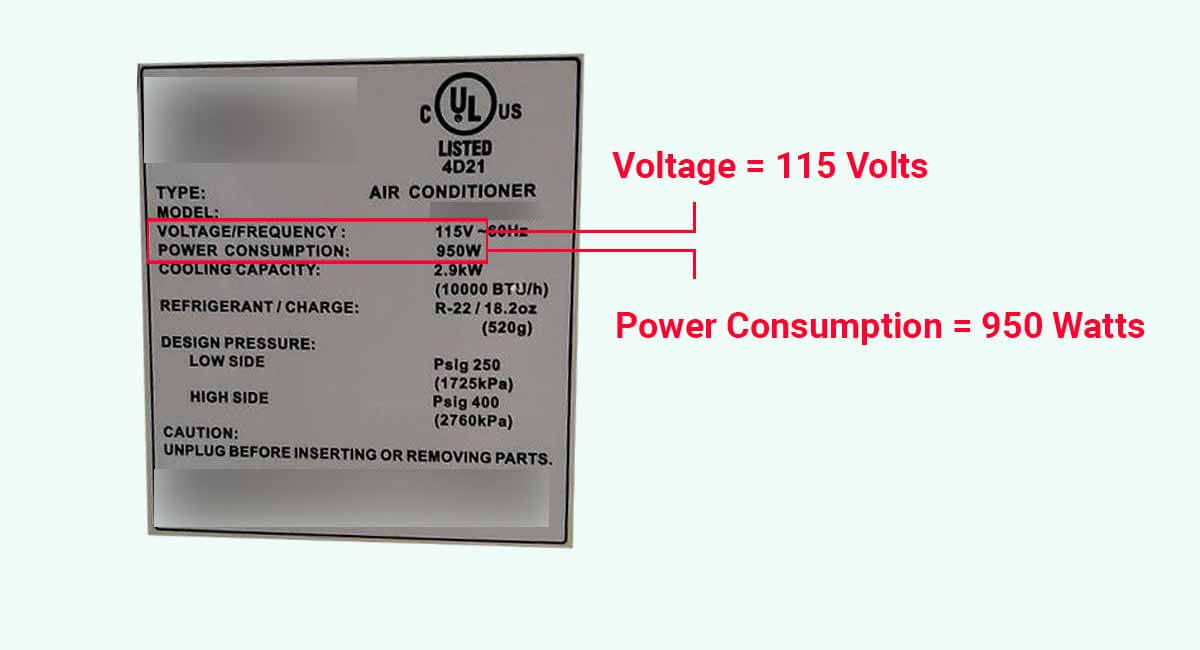

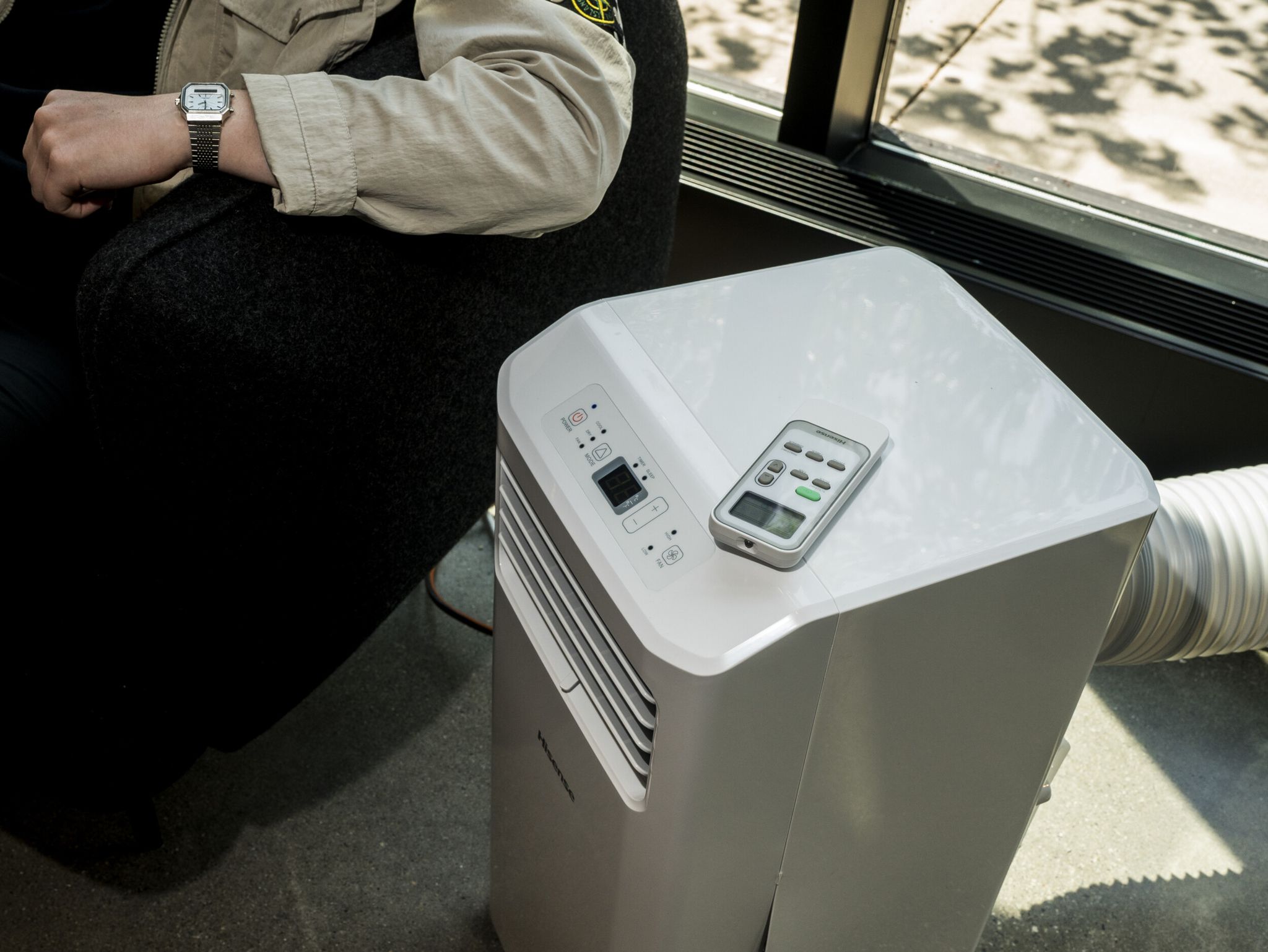
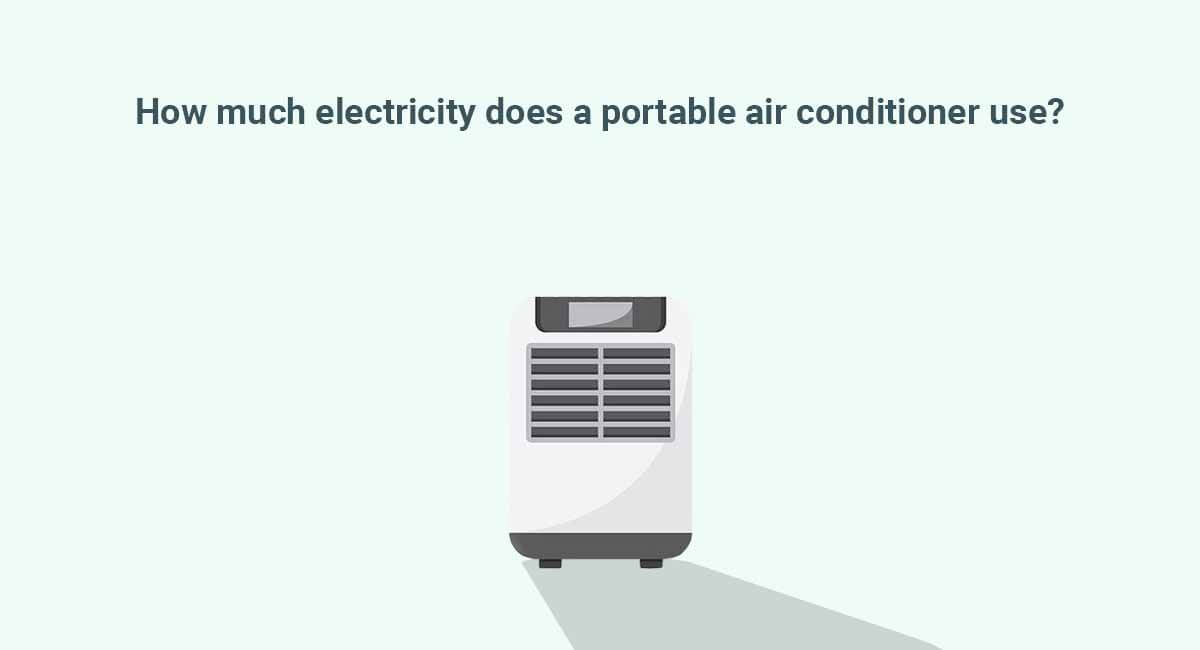

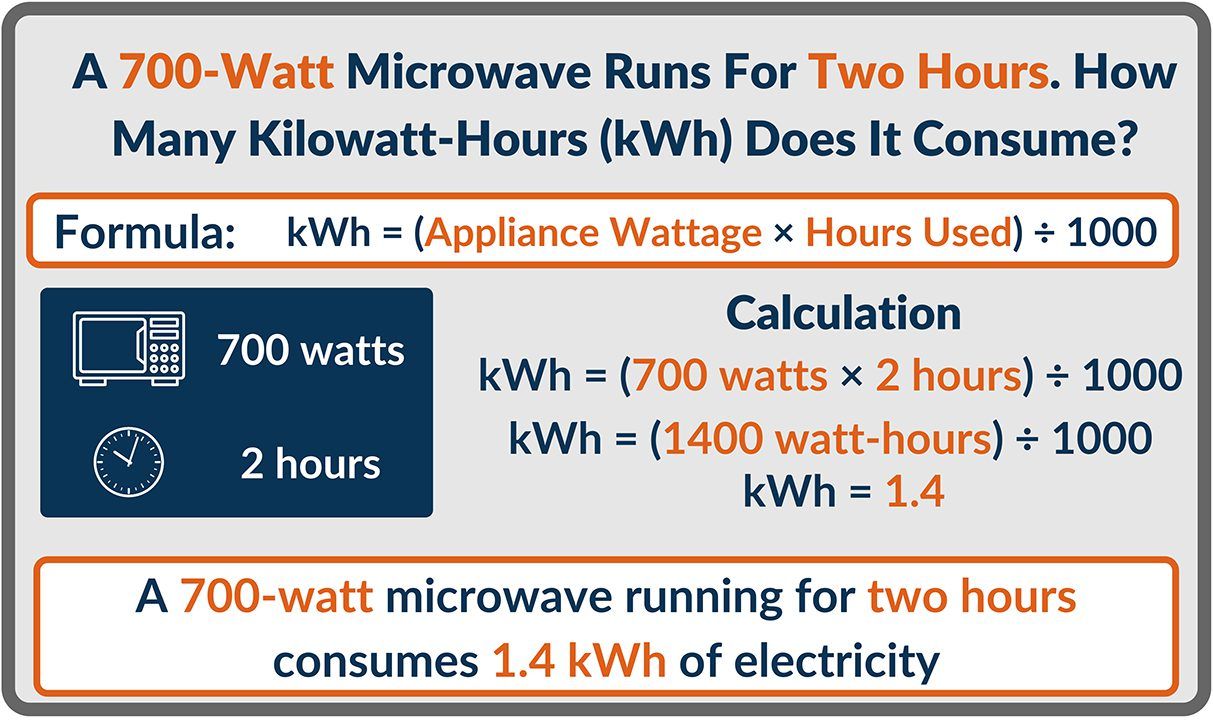
![How Many Watts For Portable Ac Portable AC Wattage Results [Most Efficient Revealed 2024]](https://ecocostsavings.com/wp-content/uploads/2022/03/portable-ac-wattage.jpg)
